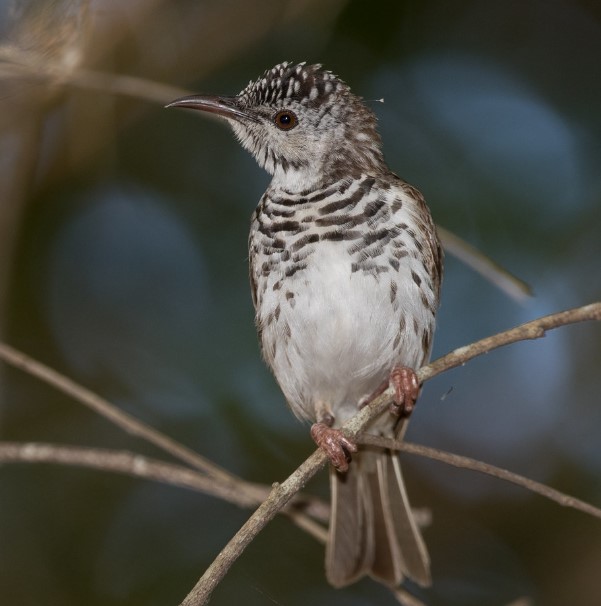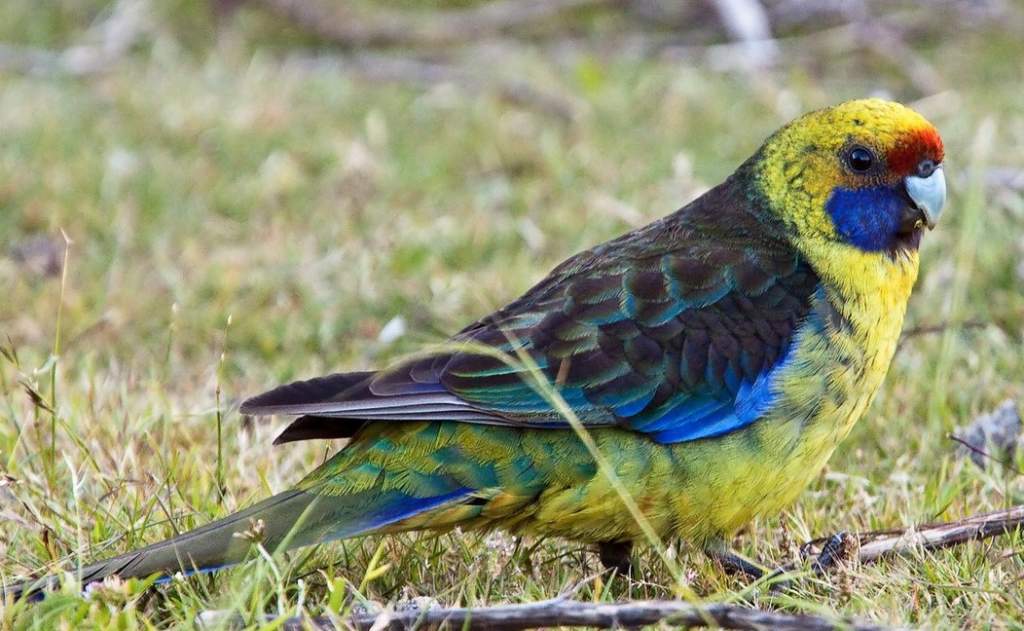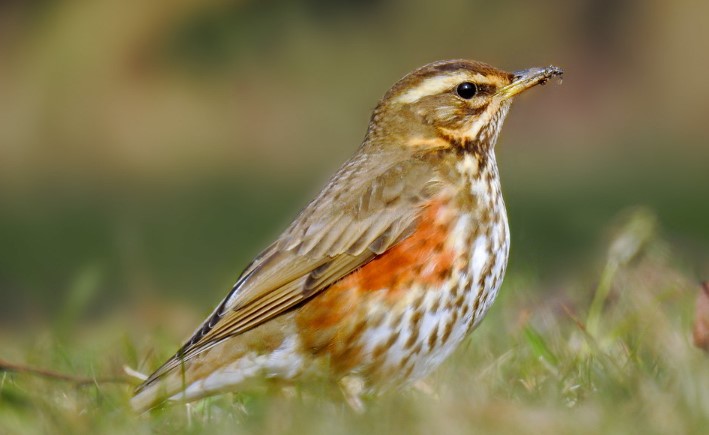Bar-breasted Honeyeater (Ramsayornis fasciatus) inhabit paper bark woodlands and forests along streams throughout their range in northern Australia. Where their ranges overlap with those of Brown-backed Honeyeaters, the birds prefer drier woodlands. Meliphagidae is a family of birds that includes the bar-breasted honeyeater. Feeds primarily on nectar and invertebrates, and is endemic to northern Australia.
It is a rather solitary feeder, despite nesting in loose colonies, and wanders nomadically in search of blossoming paperbarks, eucalypts, and grevilleas after breeding. Occasionally, they glean insects from foliage and catch them in short aerial sallies-but they primarily consume nectar.
From near the ground to the canopy, they creep about among the blossoms of flowering trees quietly but aggressively. With other honeyeaters around, they gather in loose groups. Perches are marked by sharp squawks marking feeding territory. White-breasted Honeyeater and Fasciated Honeyeater is also named for this bird.

The bird measures about 130-140 mm in length. Both sexes are similar. Crown black, scalloped finely white, and rest of upper parts, wings, and tail deep grey-brown, shading to cinnamon on the rump, streaked dusky over back. Malar lines are white and black on the face. Underparts whitish, coarse black scalloping across the breast and black streaking down buff-washed flanks.
The eyes are pale red-brown in color. A dark brown bill is tipped with black. The feet are covered in brown-colored flesh. Unlike adults, immatures have a plain dusky brown crown, buffy-edged wing coverts, and dusky streaks on the breast and flanks.
The call of the Bar-breasted Honeyeater is a soft mew when in contact; a shrill, rapid repeated piping when in alarm. However, the song is loud and metallic, with a clattering sound. Breeding and nesting can take place at any time of the year depending on conditions; the peak season is between August and January.
The nest is shaped like a deep cup that is roofed over at the top; it is typically made from bark strips and is suspended from hanging foliage or twigs, usually made from paperbark, one to five meters above the ground usually overhanging water. Double nests are also recorded.
There are 2 to 3 eggs laid by this species, each of which is matt white with closely packed mid-red-brown spots, with darker spots at the larger end. The eggs often form a tapered-oval zone about 21 x 14 mm in size. It is found across northern Australia from about Broome, WA, to Rockhampton, Qld, in paperbark swamps, and savanna woodland, particularly near water, and riverine vegetation. No races. Read More – Graceful Honeyeater







